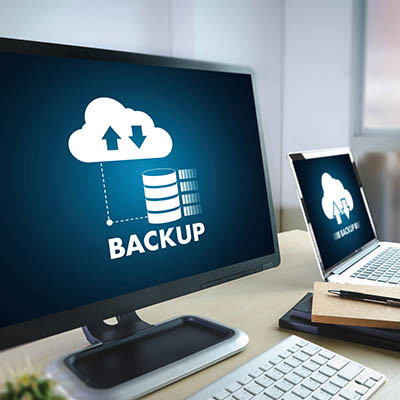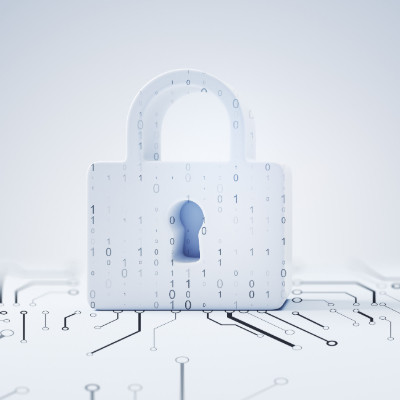Did you know that the world’s most powerful supercomputer, Frontier, can perform over a quintillion calculations per second? That's a 1 with 18 zeros after it! This incredible power is what fuels the AI tools we're all starting to use.
However, as the old saying goes, "with great power comes great responsibility." While AI can be a game-changer for businesses, it also opens up a new can of worms when it comes to data security. Many businesses are unknowingly putting their most sensitive information at risk by using public AI models.




















